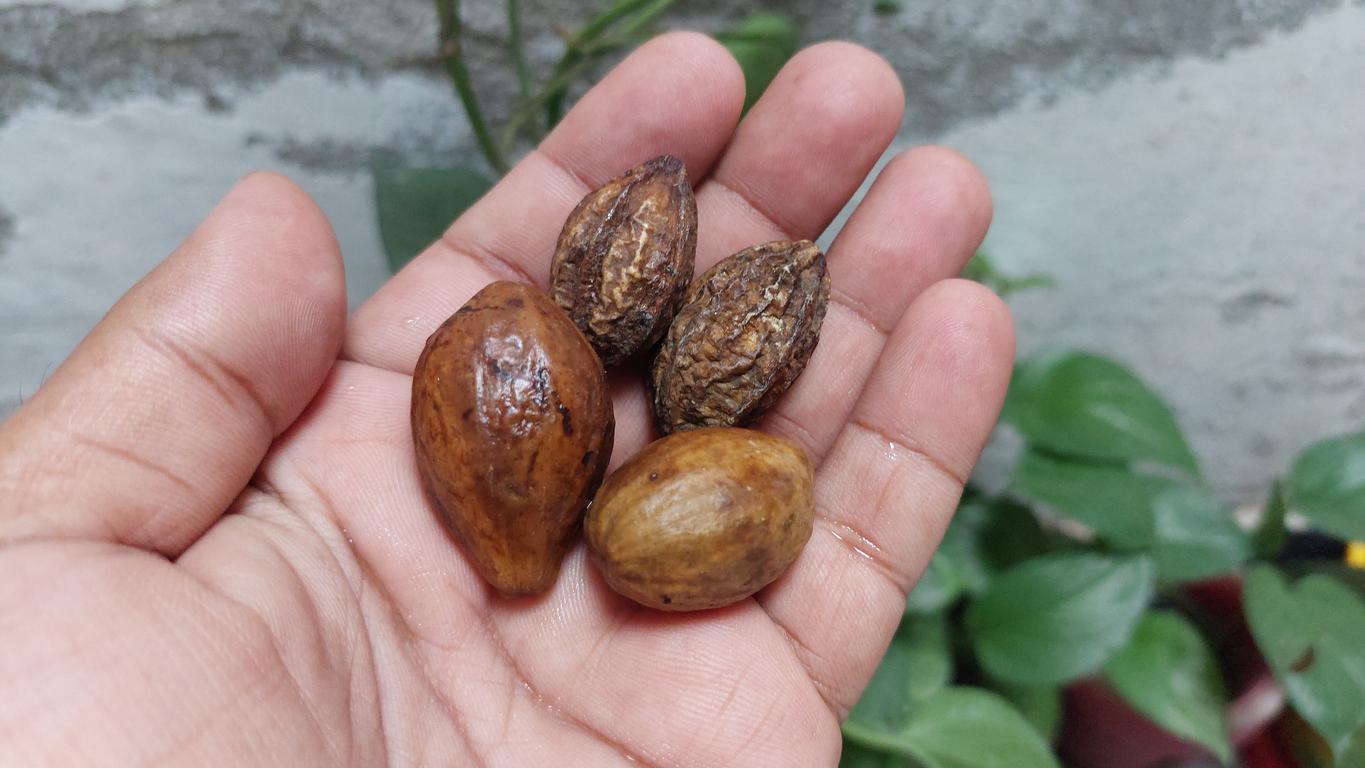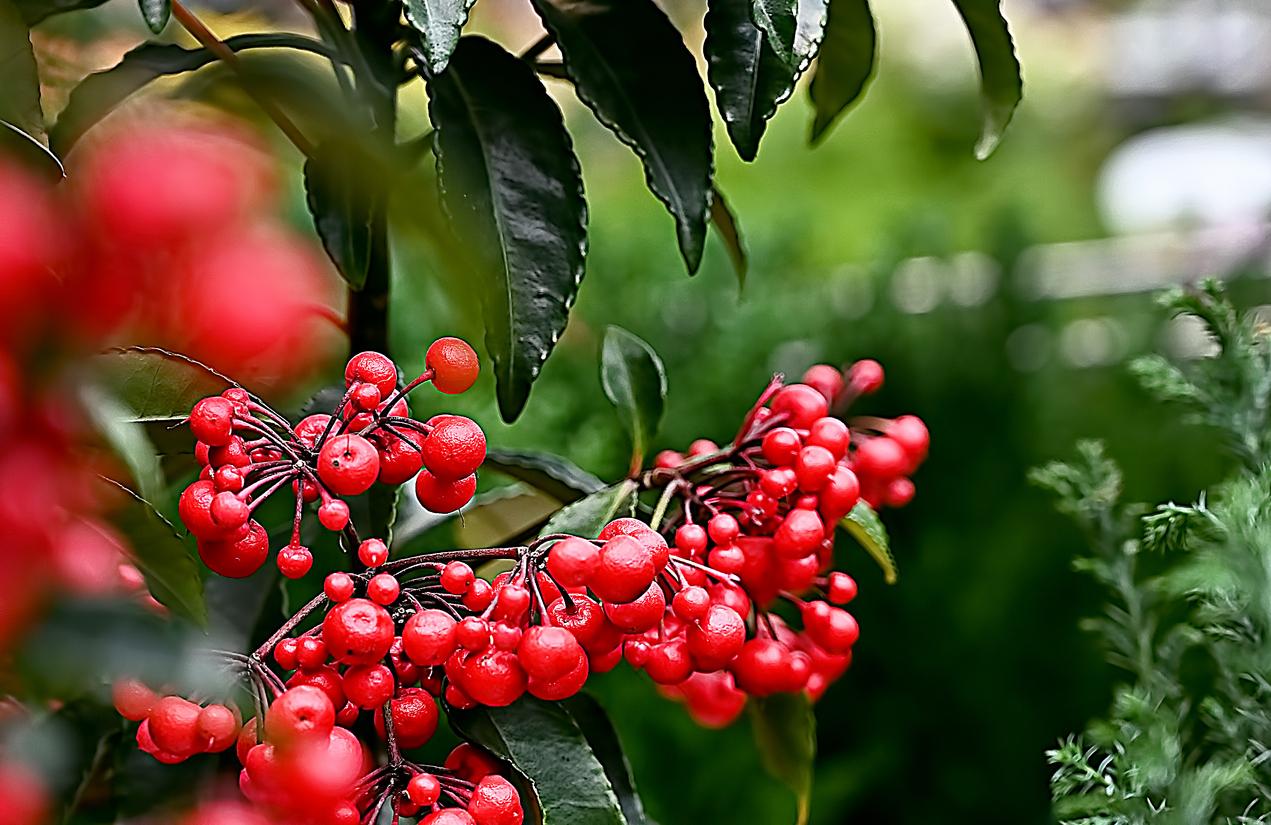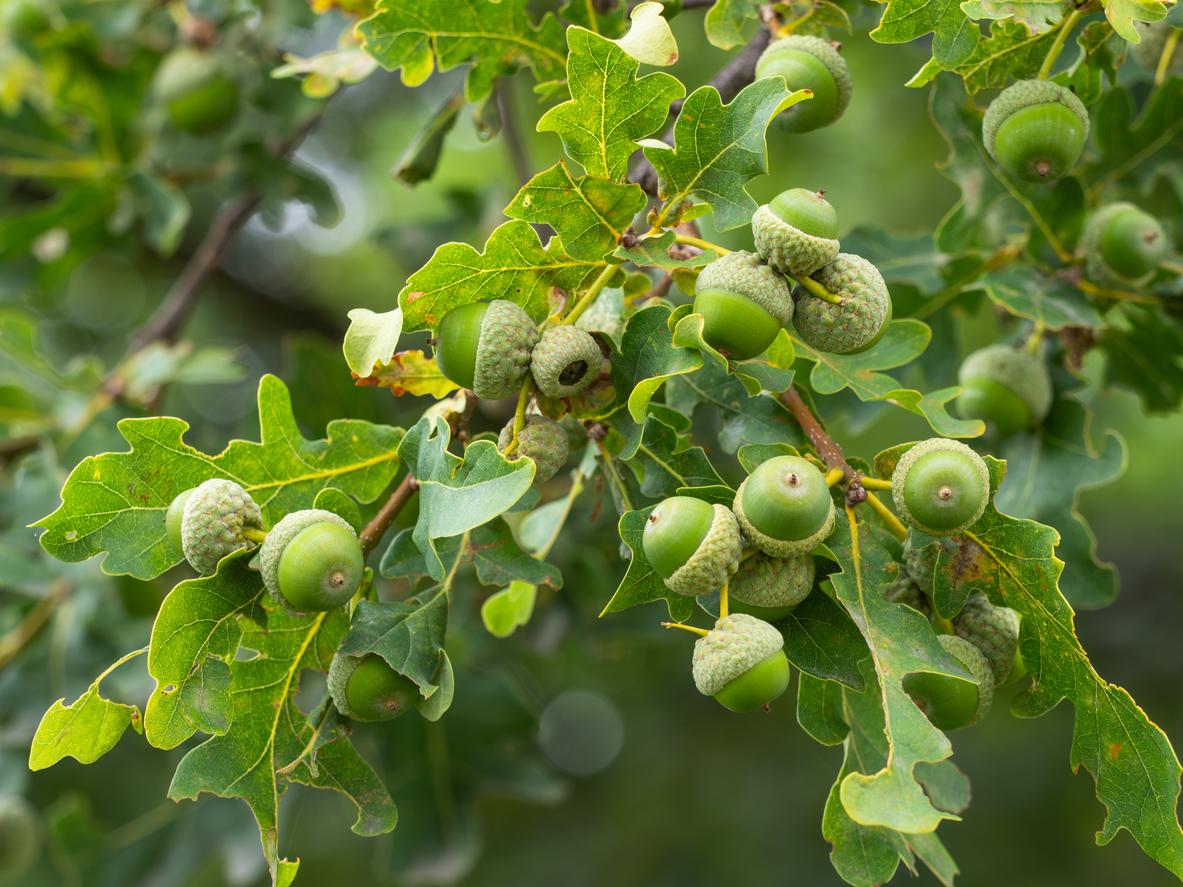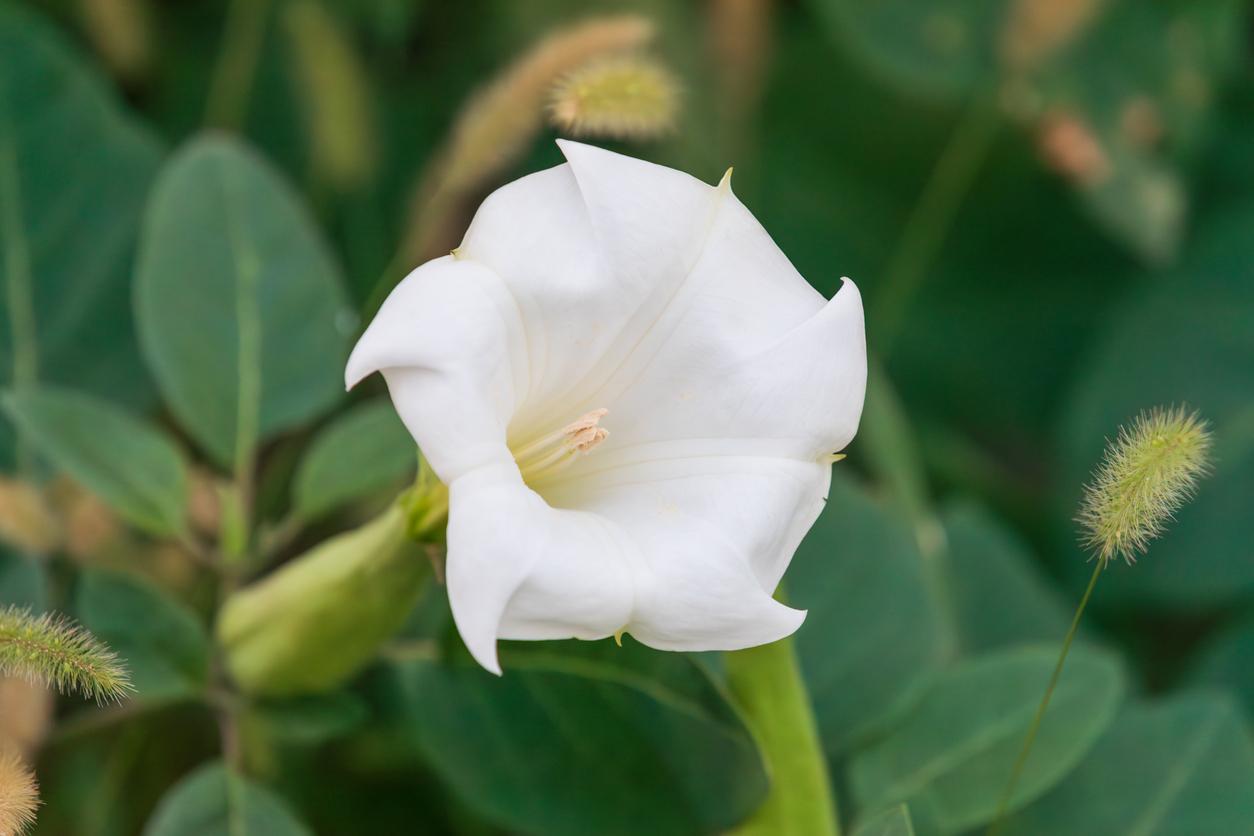Chimpanzees voluntarily consume plants with medicinal properties to treat their illnesses, according to a study from the University of Oxford.
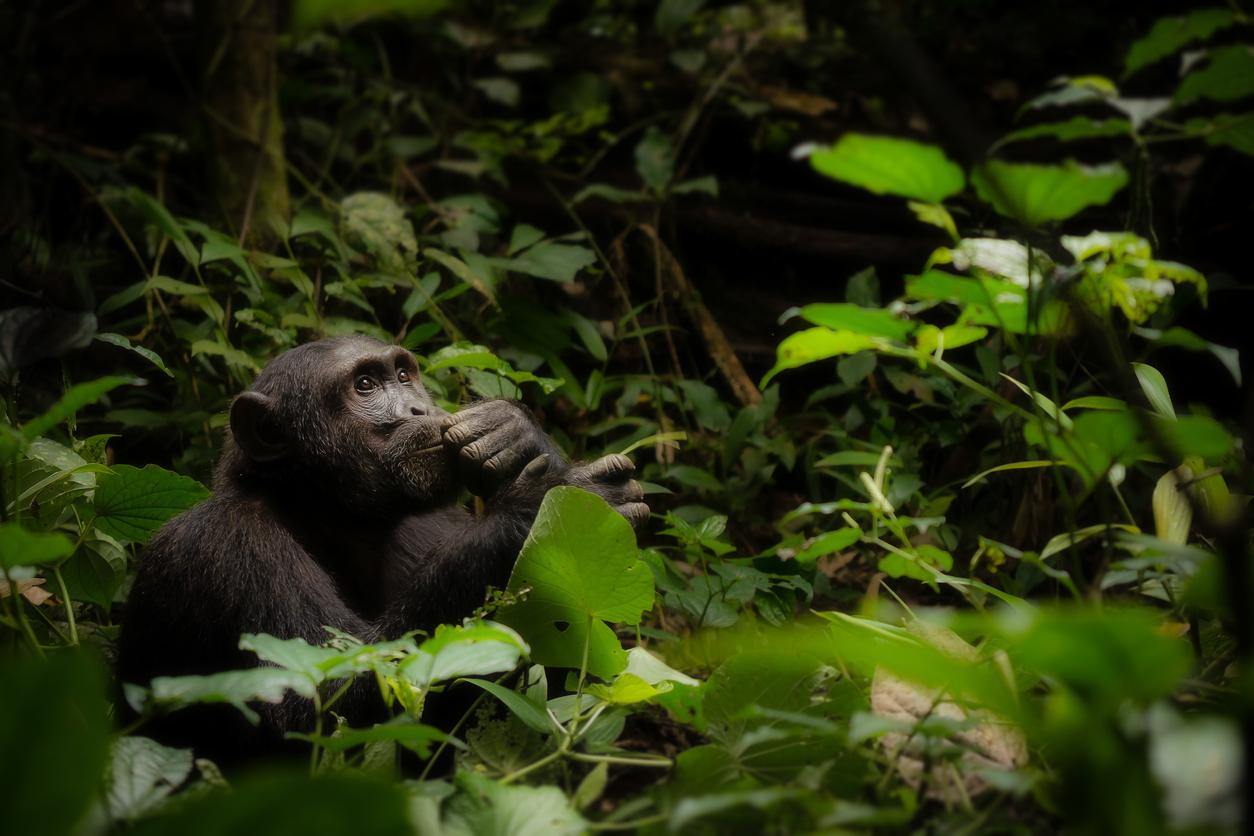
- Chimpanzees consume medicinal plants to treat illnesses, a new study suggests.
- Observations of monkeys and analyses of plants show that animals voluntarily select medicinal plants when they are sick or injured.
- Researchers say observing wild animals could help humans identify plants that are potentially beneficial for health.
It seems that humans are not the only ones who know about medicinal plants. Wild chimpanzees are said to consume them to treat illnesses and injuries, according to a new study from the University of Oxford.
Self-medication: The habits of 51 chimpanzees under the microscope
Chimpanzees in the wild eat a variety of plants. Some of them have little nutritional value but great medicinal properties. The researchers wondered whether this was intentional “self-medication” on their part or just a coincidence. They monitored the behavior and health of 51 chimpanzees from two communities in the Budongo Central Forest Reserve in Uganda.
The scientists also collected and tested samples of 13 species of leaves and grasses from the reserve that they suspected the monkeys were using to self-medicate. “These included plants that sick or injured chimpanzees ate but were not part of their normal diet, as well as plants that previous research suggested the apes might consume for their medicinal properties.”the authors specify in a communicated.
Results: 88% of the plant extracts used by the monkeys inhibited bacterial growth and 33% had anti-inflammatory properties.
What medicinal plants do monkeys use to heal themselves?
The researchers noted that the primates consumed dead wood from a tree in the Dogbane family (Alstonia boonei), which had strong antibacterial activity and interesting anti-inflammatory properties. Indeed, this plant is also part of the medicinal herb garden of East African populations. Humans use it to treat a variety of conditions such as bacterial infections, gastrointestinal problems, snake bites and asthma.
The research showed that the monkeys observed also ate bark and resin from the East African mahogany tree (Khaya anthotheca) and fern leaves (Christella parasitica), which have anti-inflammatory effects. “The scientists observed a male chimpanzee with an injured hand searching for and eating fern leaves, which may have helped reduce pain and swelling. They also observed an individual with a parasitic infection consuming bark from the cat tree (Scutia myrtina) when chimpanzees in that group had never eaten it before. Tests revealed that the bark had both anti-inflammatory and antimicrobial properties.”the authors specify in their press release.
Given these different elements, the team from the University of Oxford believes that it is irrefutable that chimpanzees gather specific plants for their medicinal effects. And for them, there is no doubt that humans could learn from them as well as other animals.
“Our study highlights the medicinal knowledge that can be gained from observing other species in the wild, and underscores the urgent need to preserve these forest pharmacies for future generations.”explains Dr Elodie Freymann, the lead author of the article published in the journal PLOS ONE, June 20, 2024.










